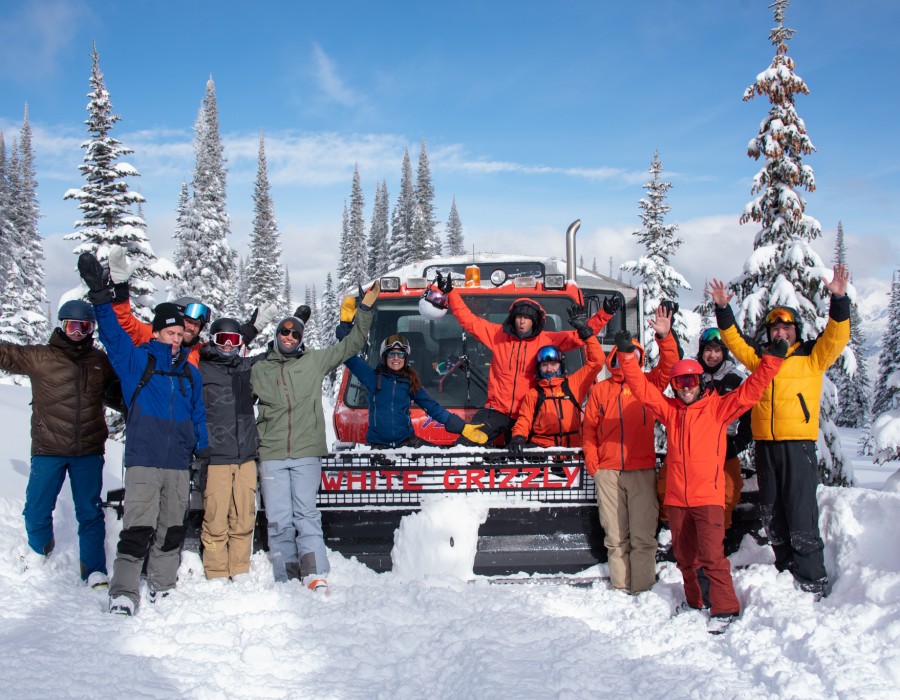Powder skiing is a thrilling and exhilarating way to enjoy the slopes. Unlike skiing on groomed trails, powder skiing involves gliding through fresh, fluffy snow that has fallen recently. For many skiers, there’s nothing quite like the feeling of floating over a soft blanket of powder. Whether you're a beginner or an expert, this guide will help you understand powder skiing and how to make the most of your experience.
What Is Powder Skiing?
Powder skiing refers to skiing on unmarked, untouched snow, often found in backcountry areas or off-piste (outside of the regular ski resort boundaries). This type of skiing is all about the soft, deep snow that creates a unique and enjoyable skiing experience. It’s different from regular skiing, where the snow is packed down and harder, making for a faster ride but less of that magical float.
Why Powder Skiing Is So Exciting
- Unique Experience: Powder skiing allows you to experience nature in a way that groomed trails cannot offer. The sensation of floating through soft snow is both thrilling and liberating.
- Adventure and Exploration: Many powder skiing spots are off the beaten path. This means you can explore new areas, find hidden gems, and enjoy breathtaking scenery away from the crowded slopes.
- Physical Challenge: Skiing in powder requires different skills than regular skiing. It engages your muscles in new ways and improves your overall skiing technique.
- Fresh Snow: There’s nothing quite like the smell and feel of fresh snow. Powder skiing allows you to enjoy this natural beauty in its purest form.
Tips for Powder Skiing
- Choose the Right Gear: Having the right equipment is essential. Powder skis are typically wider than regular skis, which helps you float on top of the snow. Make sure you have ski poles that are comfortable for you, and consider wearing a helmet for safety.
- Stay Balanced: When skiing in powder, your weight should be more centered over your skis. Keep your knees slightly bent and lean forward to help you stay afloat.
- Use a Different Technique: In powder, you'll want to make wider turns and avoid the quick, sharp movements you might use on groomed trails. This allows you to maintain your speed and control.
- Look Ahead: It’s important to anticipate your path and look ahead for obstacles. Powder can hide rocks and trees, so keeping your eyes on where you want to go will help you avoid them.
- Practice Falling: Falling is a part of skiing, especially when you’re learning to ski in powder. Practice how to fall safely and get back up quickly so you can keep enjoying your time on the slopes.
Safety Considerations
While powder skiing is fun, it can also be dangerous if you’re not prepared. Here are a few safety tips:
- Check Avalanche Conditions: Before heading out, always check the avalanche forecast for the area you plan to ski. Avoid areas that are prone to avalanches if conditions are unstable.
- Ski with a Partner: It’s safer to ski with a buddy. If something goes wrong, having someone there can make a big difference.
- Know Your Limits: Powder skiing can be challenging, especially for beginners. Start in areas that match your skill level and gradually work your way up as you gain confidence.
Conclusion
Powder skiing is an incredible way to enjoy winter sports and connect with nature. Whether you’re gliding through untouched snow for the first time or you’re a seasoned pro seeking fresh tracks, understanding the basics of powder skiing can enhance your experience. So grab your gear, head to the mountains, and embrace the magic of skiing in powder.





Comments